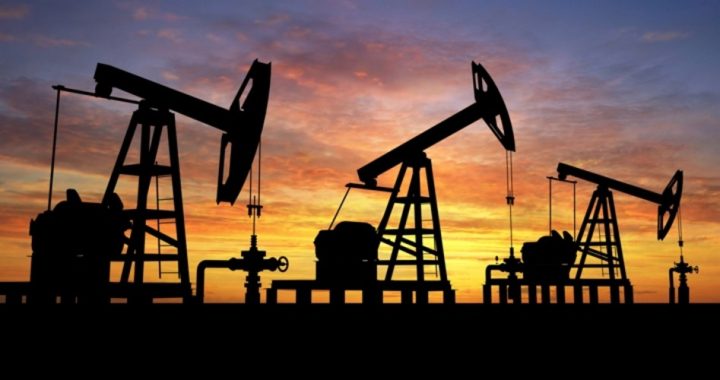
The Permian Basin of West Texas is producing almost three and a half million barrels of oil per day (BPD), with that number expected to go up to four million BPD soon. The Texas oil field is the largest in the United States and one of the largest in the world. It’s all good news, right?
Well, not quite. Drilling operations in the Permian Basin have grown so vast so quickly that producers are generating more oil than the current infrastructure can handle. Pipelines are at full capacity while producers face labor shortages, increased transportation costs and, ironically, not enough power to run their operations.
So, while the record amounts of oil being removed from the Permian Basin are flooding the market, driving prices down, producers are facing increased production costs.
“We’re our own worst enemy,” Ross Craft, the chief executive of Approach Resources told Reuters. “We can drill, bring these wells on so quickly that we basically outpace the market.”
The lack of infrastructure in West Texas is causing many producers to scale back their operations and focus on other oil fields in Oklahoma, Colorado, and other parts of Texas. Smaller producers such as Craft are hurt the most by this. Without access to the pipelines used by larger producers, they are forced to ship by truck or rail, and there are not enough trucks or railcars to meet the need. This, of course, creates a bottleneck, with oil remaining in pipelines until it can be shipped.
New pipelines are being built, but it will be at least 2020 before they are on-line. Meanwhile, producers can’t move their oil with trucking companies and railroads reluctant to expand without long-term contracts to move the oil.
“We do think it’s a short-term situation,” said Union Pacific Railroad Executive Vice-president Beth Whited. “So, we will not invest to support that.”
Another issue is the incredibly tight labor market that the new oil boon is creating in West Texas. In the Midland-Odessa area, the epicenter of the Permian Basin, the unemployment rate is 2.1 percent, as opposed to 3.9 percent nationally. Anyone with a decent attitude and the most basic of skills can get work in the oil fields. And while it’s difficult work, it’s high-paying work as well.
It’s a good deal for workers while the boon lasts, but other industries in the area are feeling the pinch as they cannot match the high wages being paid by the oil producers. Restaurants, retail stores, schools and even local governments are seeing employees leave them for the better-paying work in the oil fields. For instance, the government of the City of Midland reportedly has a shortage of 200 employees.
So, while revenues are high enough in the city to fix the potholes, many of the people who should be fixing them are working in the oil fields.
Perhaps the biggest problem faced by oil producers in the hottest oil field on the planet is that the electrical system they are relying upon is outdated and underpowered.
The Permian Basin is divided into three sub-regions; the Midland Basin, the Central Basin, and the Delaware Basin. The Dallas Morning News reports that the Delaware Basin alone consumed the equivalent of 350 megawatts during this past summer — triple the load from 2015. That’s enough to power 280,000 homes. And producers expect that energy needs will triple again by 2022.
Meanwhile, the West Texas power grid “was not set up to withstand that much power going through it,” according to Marco Caccavale, a vice-president of Baker Hughes, an oil field service company. “Plain and simple, you have reliability challenges.”
Power lines are being constructed at a rapid pace, but utility companies cannot keep up with current demand. Oil producers even investigated the use of solar and wind power on drilling sites to provide power, but the costs are too high. The industry is now looking into machinery that can run on the natural gas produced by nearby wells.
Growing pains: That’s what the oil producers in the Permian Basin are currently facing. Thankfully, the oil field is in Texas, where the state government is less likely to interfere and make the problems worse. There may be attrition — weaker companies might not be able to compete long term — but the free market will eventually solve the infrastructure problems facing the region. And that’s as it should be.




